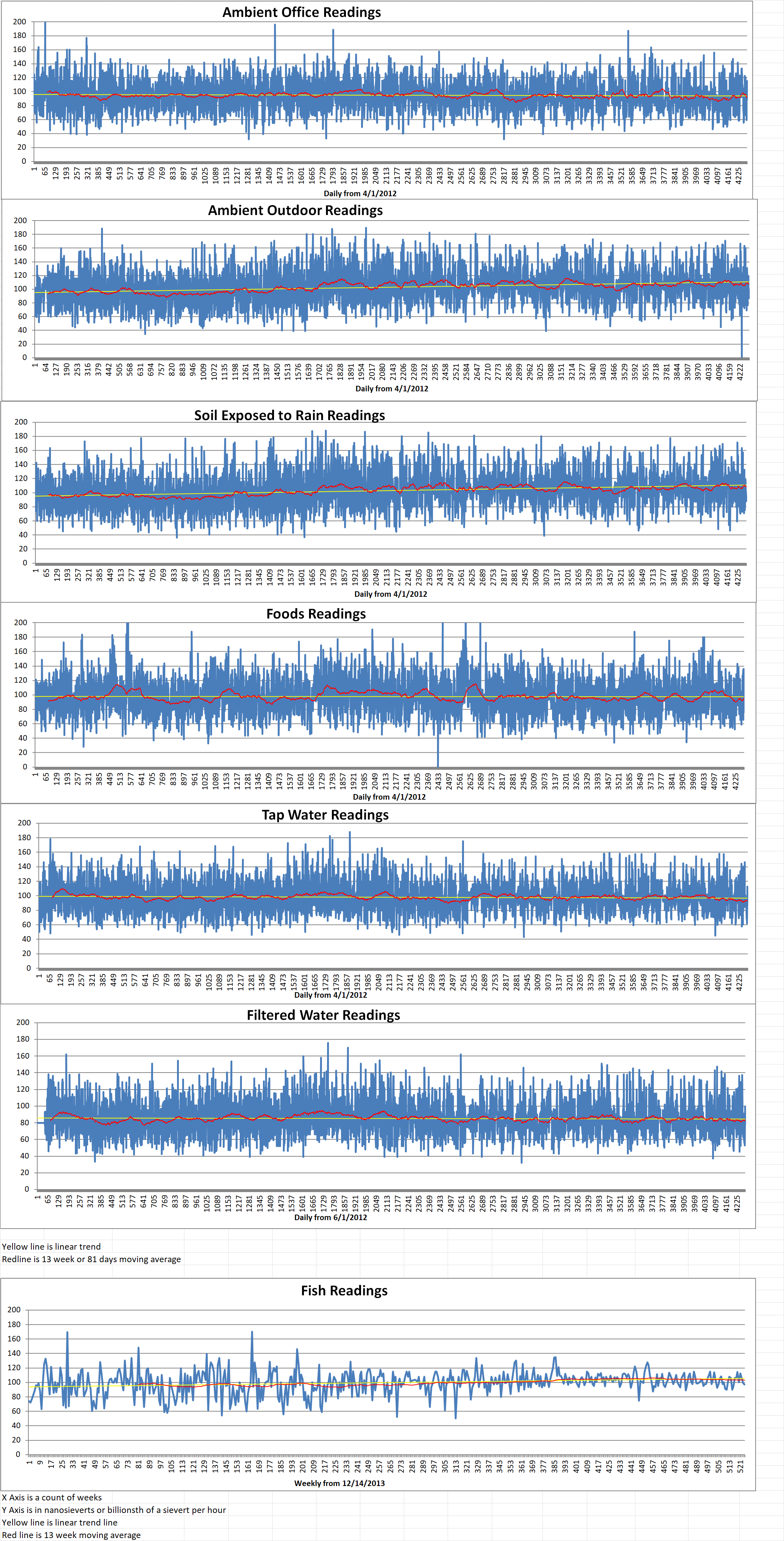China has announced advanced plans to deploy a series of nuclear reactors in the contested South China Sea. This is intended to gain a greater foothold in the disputed waters.
China reportedly suspended the project over safety concerns a year ago. However, China is moving ahead with plans to put nuclear reactors into the South China Sea. Some parts of which are claimed by nations including Indonesia, Malaysia, the Philippines, Taiwan and Vietnam.
The reactors are described as mobile “power banks.” They are small plants designed to be housed on ships, providing power to both stationary facilities and other vessels. They are intended to supply energy to China’s artificial islands upon which military infrastructure has been established, including airports.
China began constructing floating nuclear reactors in 2016. It announced plans to deploy as many as twenty of them in the South China Sea. However, in May 2023, the project was suspended. It is estimates that the floating reactors operate at roughly twenty five percent of the capacity of a standard land-based nuclear power station, of which China has thirty-seven.
China’s plans have heightened tensions in the region, particularly among the other nations who lay claim to parts of the South China Sea.
General Jonathan Malaya is the Assistant Director of the Philippines National Security Council. He told local media that “Anything that supports their military presence in those islands is technically a threat to our national security and against our interests.”
Malaya also said that that the U.S. and other Western nations, including Australia, are expected to expand their joint patrols in the South China Sea to counterbalance China’s increasing influence.
The International Atomic Energy Agency (IAEA) has demanded stringent international guidelines to ensure the safe operation of marine-based nuclear reactors.
Lydie Evrard is the IAEA’s Deputy Director General. She said, “We are working with member states to establish necessary standards to mitigate risks associated with floating nuclear power plants” in a statement in April.
Liu Pengyu is a spokesperson for the Chinese Embassy in Washington, D.C. She said, “China’s position on the South China Sea issue is consistent and clear. We are committed to peacefully resolving disputes through negotiation and consultation, managing disputes through the formulation of rules and mechanisms, and achieving win-win results through development and cooperation. We work with ASEAN countries to safeguard peace and stability in the South China Sea and truly make the South China Sea a sea of peace, cooperation and prosperity. Some frequently cite China as an excuse to strengthen its military deployment and activities in the South China Sea and maintain its maritime hegemony.”
Earlier this week, China accused the U.S. of undermining international nuclear disarmament by emboldening NATO. An anonymous Chinese embassy representative told the state-run Tass news agency that America is “undermining the nuclear disarmament and non-proliferation regime and should stop doing it.”
The Chinese embassy issued a statement that said that the U.S. “clings to a first-use nuclear policy, devises nuclear deterrence strategies against others and has invested heavily to upgrade its nuclear triad.”







